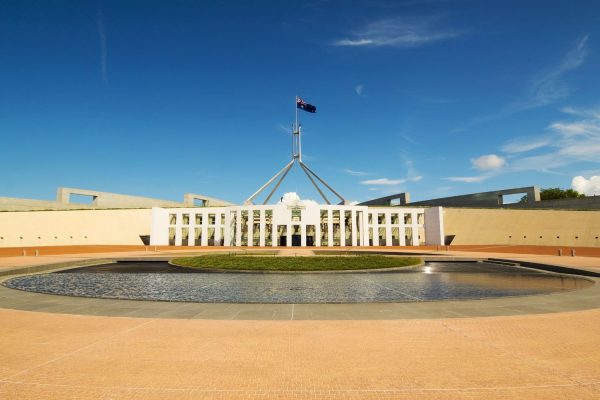Executive Summary
Inspiring leadership for the greater good.
-
Lack of leadership for the greater good
Growing distrust and cynicism toward Australian institutions has resulted in an interest in leadership for the greater good.
-
ALI Inspires leadership in Australia
The Australian Leadership Index (ALI) was created to inspire, challenge and sustain responsible leadership in Australia.
-
The largest study of leadership
ALI is the largest ever ongoing research study of leadership in Australia, by Swinburne University of Technology.
-
Supported by The Graham Foundation
The ALI is made possible by the generous support from The Graham Foundation, since its inception in 2018.
Leadership trending positively
In 2020, COVID-19 created a strong focus on leadership, placing increasing pressure on leaders to make decisions for the public interest, particularly at federal and state government level.

-
A History Of Irresponsible Leadership In Australia
Historically, Australians believed institutional leaders in government, private and not for profit sectors were more concerned with vested interests, than the public interest.
-
Leadership Trending Positively For The First Time
COVID-19 was a turning point. In 2020, for the first time, public perceptions of leadership in Australia, the ALI score, began trending positively.
-
Driven By Governments Serving The Public Interest
Improvements driven by a focus on making decisions for the public interest at federal and state government level, with flow on effects for the private and not for profit sectors. Positive leadership ratings in the public sector increased further.
Leadership gaps still substantial
Large gaps still exist between public expectations and perceptions, particularly on ethicality, responsiveness to society, social outcomes and accountability; the key drivers of leadership.
-
Large Gaps Still Exist Between Expectations and Perceptions Of Leadership
Gaps still exist between how the public expects institutions to lead, and how they believe institutions actually lead for the public good.
-
Ethicality, Responsiveness, Social Outcomes, Accountability Are Key Predictors
Strongest predictors of leadership include ethicality, responsiveness to society, creation of social outcomes and accountability.
-
Expectations Are Higher For Government, But Lower For The Private Sector
The community expects government to lead for the greater good, with less expectation on the private sector, especially small business.

Institution performance varies
A majority believe institutions demonstrated improved leadership, with charities, health, education, justice, small business, federal and state governments the best performers.

-
Majority Believe Insitutions Have Improved Leadership For The Greater Good In 2020
In a reversal of historical trends during COVID-19, a majority of Australians believe our institutions demonstrated leadership for the greater good throughout 2020.
-
Private Sector Continues To Underperform, Public Sector Leadership Improving
The private sector is the worst performer on leadership, followed by not-for-profit, and government sectors. The public sector performed best on leadership overall.
-
Charities And Health Excelled in 2020, With Education, Justice, and SMEs Close Behind
Charity organisations demonstrated leadership for the greater good, while large multinational corporations continue to be the worst performers on leadership.
Subgroup differences matter
More knowledge of a sector correlated with higher ratings. Small businesses rated more favourably than large. Males and females rate government and public institutions differently.
-
Being Informed Matters
The more knowledgeable people are about an institution, the more favourable their perceptions of that institution’s leadership for the greater good.
-
Local Business Is Better
Small and medium-sized enterprises are perceived more positively than large national businesses and multinational corporations.
-
Gender Differences
Males tend to provide more favourable ratings of federal government, whereas females provide more favourable ratings of public education institutions.




